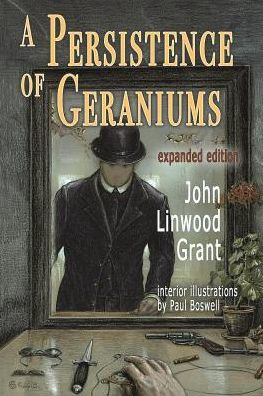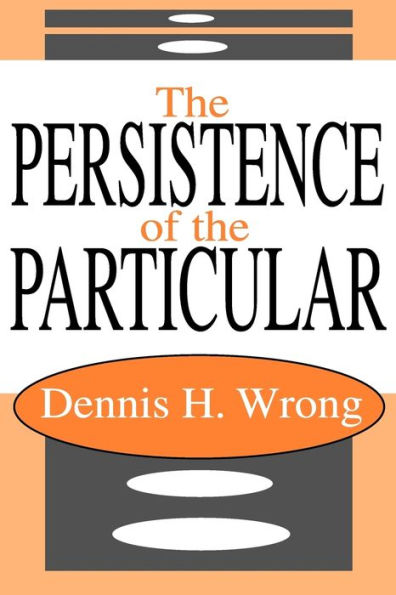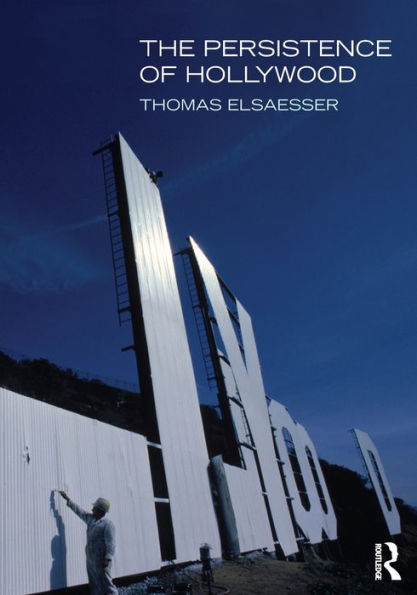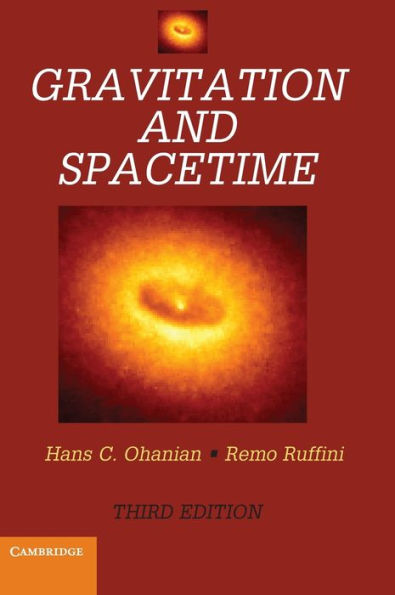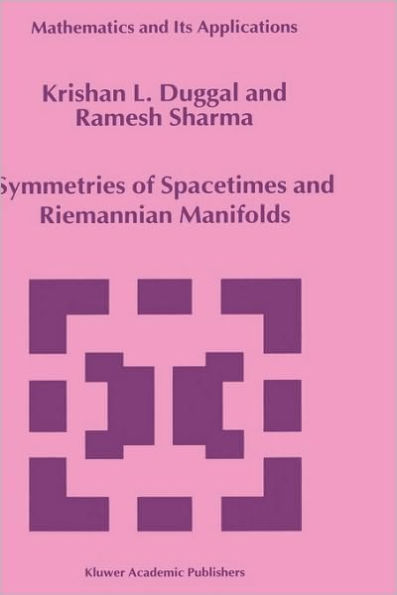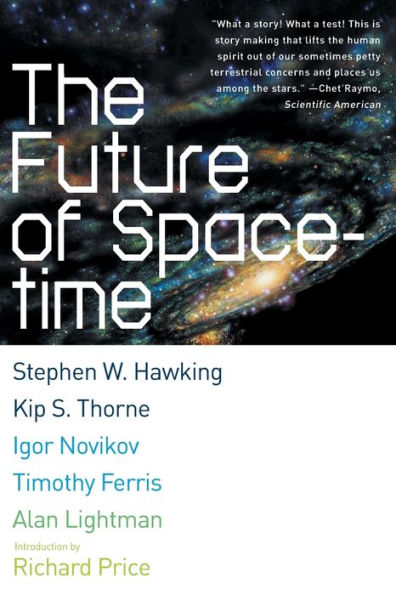Home
Persistence and Spacetime
Barnes and Noble
Loading Inventory...
Persistence and Spacetime
Current price: $105.00
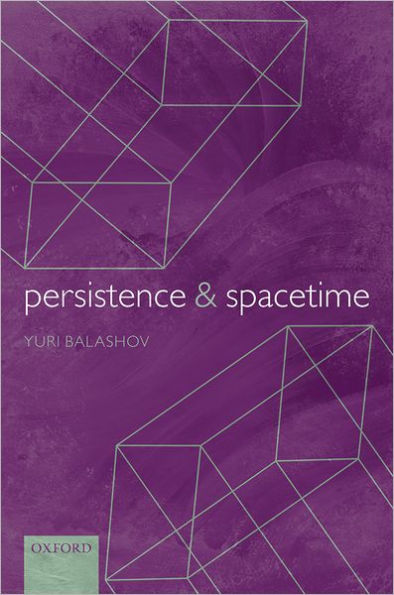
Barnes and Noble
Persistence and Spacetime
Current price: $105.00
Loading Inventory...
Size: OS
*Product information may vary - to confirm product availability, pricing, shipping and return information please contact Barnes and Noble
Material objects persist through time and survive change. How do they manage to do so? What are the underlying facts of persistence? Do objects persist by being "wholly present" at all moments of time at which they exist? Or do they persist by having distinct "temporal segments" confined to the corresponding times? Are objects three-dimensional entities extended in space, but not in time? Or are they four-dimensional spacetime "worms"? These are matters of intense debate, which is now driven by concerns about two major issues in fundamental ontology: parthood and location. It is in this context that broadly empirical considerations are increasingly brought to bear on the debate about persistence.
Persistence and Spacetime
pursues this empirically based approach to the questions. Yuri Balashov begins by setting out major rival views of persistence endurance, perdurance, and exdurance in a spacetime framework and proceeds to investigate the implications of Einstein's theory of relativity for the debate about persistence. His overall conclusion that relativistic considerations favour four-dimensionalism over three-dimensionalism is hardly surprising. It is, however, anything but trivial. Contrary to a common misconception, there is no straightforward argument from relativity to four-dimensionalism. The issues involved are complex, and the debate is closely entangled with a number of other philosophical disputes, including those about the nature and ontology of time, parts and wholes, material constitution, causation and properties, and vagueness.
Persistence and Spacetime
pursues this empirically based approach to the questions. Yuri Balashov begins by setting out major rival views of persistence endurance, perdurance, and exdurance in a spacetime framework and proceeds to investigate the implications of Einstein's theory of relativity for the debate about persistence. His overall conclusion that relativistic considerations favour four-dimensionalism over three-dimensionalism is hardly surprising. It is, however, anything but trivial. Contrary to a common misconception, there is no straightforward argument from relativity to four-dimensionalism. The issues involved are complex, and the debate is closely entangled with a number of other philosophical disputes, including those about the nature and ontology of time, parts and wholes, material constitution, causation and properties, and vagueness.
Material objects persist through time and survive change. How do they manage to do so? What are the underlying facts of persistence? Do objects persist by being "wholly present" at all moments of time at which they exist? Or do they persist by having distinct "temporal segments" confined to the corresponding times? Are objects three-dimensional entities extended in space, but not in time? Or are they four-dimensional spacetime "worms"? These are matters of intense debate, which is now driven by concerns about two major issues in fundamental ontology: parthood and location. It is in this context that broadly empirical considerations are increasingly brought to bear on the debate about persistence.
Persistence and Spacetime
pursues this empirically based approach to the questions. Yuri Balashov begins by setting out major rival views of persistence endurance, perdurance, and exdurance in a spacetime framework and proceeds to investigate the implications of Einstein's theory of relativity for the debate about persistence. His overall conclusion that relativistic considerations favour four-dimensionalism over three-dimensionalism is hardly surprising. It is, however, anything but trivial. Contrary to a common misconception, there is no straightforward argument from relativity to four-dimensionalism. The issues involved are complex, and the debate is closely entangled with a number of other philosophical disputes, including those about the nature and ontology of time, parts and wholes, material constitution, causation and properties, and vagueness.
Persistence and Spacetime
pursues this empirically based approach to the questions. Yuri Balashov begins by setting out major rival views of persistence endurance, perdurance, and exdurance in a spacetime framework and proceeds to investigate the implications of Einstein's theory of relativity for the debate about persistence. His overall conclusion that relativistic considerations favour four-dimensionalism over three-dimensionalism is hardly surprising. It is, however, anything but trivial. Contrary to a common misconception, there is no straightforward argument from relativity to four-dimensionalism. The issues involved are complex, and the debate is closely entangled with a number of other philosophical disputes, including those about the nature and ontology of time, parts and wholes, material constitution, causation and properties, and vagueness.
